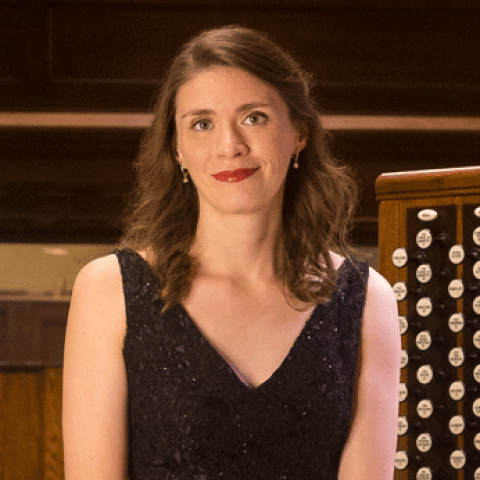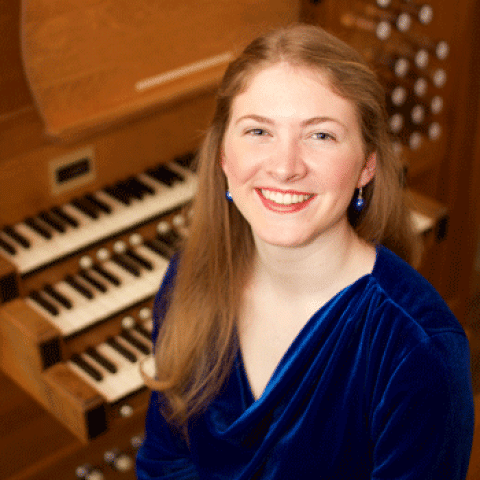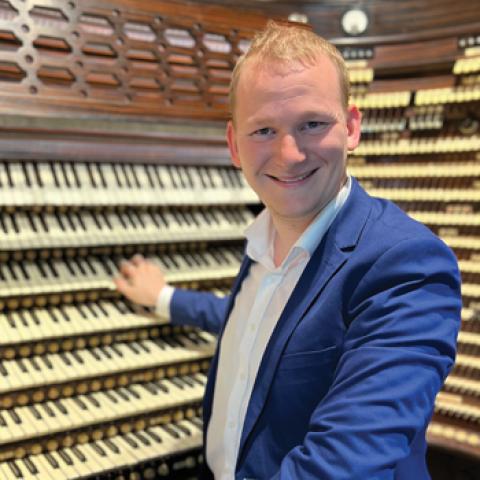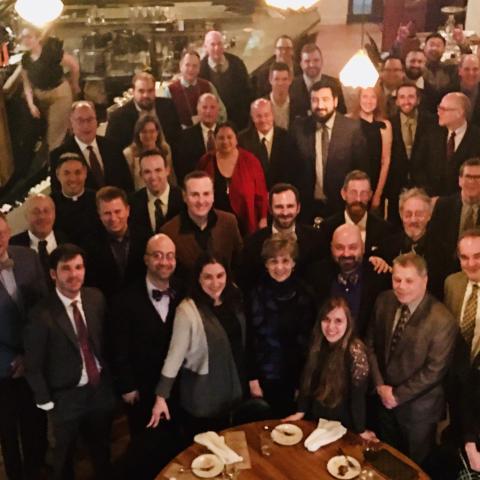
Thomas Fielding is appointed director of music for the Cathedral of St. John the Evangelist and music coordinator for the Diocese of Cleveland, Ohio.
As director of music, he is responsible for five weekend Masses, the daily noon Mass, weekly television Masses, weddings, and funerals. He directs the all-professional Cathedral Choir and supervises a staff of professional cantors and organists. He is also the director of the Cathedral Shubert Endowed Concert Series and is custodian of the landmark 1948 Walter Holtkamp, Sr., organ, featured in the 2009 Organ Historical Society Cleveland Convention.
Fielding’s diocesan work includes acting as a liaison for guest musicians from across the diocese, providing music for major diocesan liturgies, collaborating with St. Mary’s Seminary musicians, and hosting occasional diocesan music festivals and workshops.
He is a 2007 doctoral degree graduate of the Indiana University Jacobs School of Music, a 2003 Arthur Poister and San Marino competitions first-prize winner, and is a published composer of church music with titles in the catalogs of Paraclete Press, GIA, Choristers Guild, E. C. Schirmer, Boosey & Hawkes, and Selah.
For information: thomasfielding.com.
Other recent appointments:
Monica Berney to St. Paul's, K Street, Washington, DC







